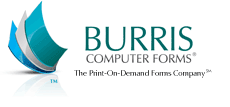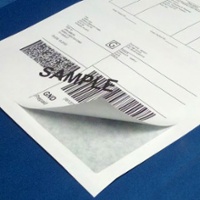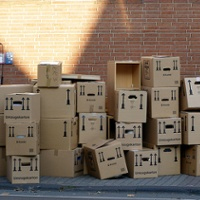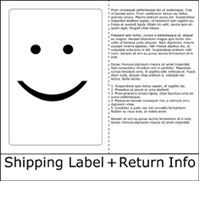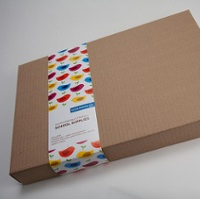Get Return Labels & Packing Material to Buy Back Customers Affordably
by Chelsea Camper | Last Updated December 30, 2015Many companies are starting to introduce a “buy back program” where they buy certain products back from their original customers to be recycled or refurbished. When the company buys the products back from the original customer, the original customer is rewarded either with cash, store credit, or some other type of reimbursement. There are also companies centered exclusively around buying back certain products and then reselling them.
When companies buy back products, they usually send the packaging materials that the customer will need to use to safely send the products to the company. This includes:
- Appropriate sized box
- Adequate amount of packing material
- Buy back return label
- Product return instructions
Many customers will expect all of these shipping items at little to no cost so as cost efficient as you can make these return packages the better! Here’s some ideas for reducing the return package cost:
Ask for Product Information Up Front
Before sending out the return materials, make sure you ask for enough product information that you know what size box to send to the customer. Your staff will also need to be able to, within reason, accurately estimate how much packing materials to send (bubble wrap, packing peanuts, Styrofoam, etc.).
Risks you’re taking by not getting enough product information before sending out materials for product return:
- Wrong box size
- Wasting money by sending too much packing material
- Possible damage to product in transit due to not enough packing material being sent
- Not sending a sturdy enough box for large or fragile products
Combine the Return Label and Return Instructions
By using shipping label sheets you can include instructions on returning the product along side the return shipping label. You can print the return instructions on the sheet half of the label so it can be easily removed from the return label via micro perforation.
Having the return label and return instructions side by side will make it easy for your customer to peel off the label and place it on the package in the area you specified in the return instructions without having to flip between multiple pages. It will also allow for quicker printing in your warehouse since you’re only printing one sheet instead of two sheets.
Combine Return Label, Return Instructions, and Packing Slip
It is possible to fit three different shipping forms onto the same sheet while still keeping the forms neatly organized and easy to read for the customer. Let’s take the shipping label sheet called the “LS-U” (image to the right with placeholder text) as an example.
You can print the return shipping label on the peel out label on the left side of the sheet then on the right side you can print return instructions on the same side as the return label and then the packing list on the reverse side (or vice versa). The LS-U has a large label that will accommodate most major shipping carrier’s labels. However, if you use a shipping carrier with a specific label size that you can’t find in the standard shipping label sheet layouts, you can always design your own shipping label sheet.
Since you’ll probably want the packing list to return with the products, you can ask them to easily remove the packing list from the label half of the label sheet via the perforation. The customer can then easily place the packing list in the box before they finish taping up the package.
Send Appropriate Sized Box
Sending a box that is too big or too small (with or without enough packing material) can be risky. Make sure you have a wide variety of boxes to accommodate the range of product sizes you’ll be buying back.
Here are some risks you’ll be taking by not getting the box size and amount of packing materials correct:
- By sending a box too big with not enough packing materials you risk the product being thrown around in the box during transport
- By sending a box too big with too much packing material you risk spending more on bringing the product into your shop than you can make by selling it
- By sending a box too small with not enough or too much packing material you risk the product being damaged when the customer tries to fit it in the box
What are some other ways you can help make it more affordable for your company to send out return materials without risking the integrity of the product or the bottom line of your budget?
Image: Accretion Disc
